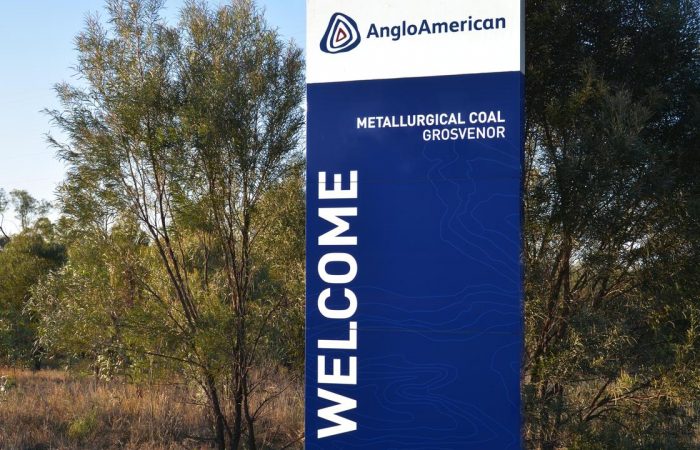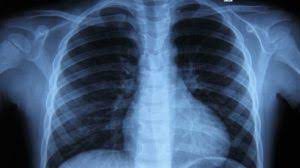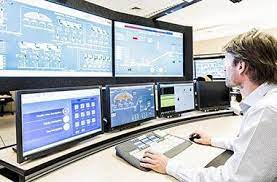
Moranbah North 4x Tailgate Methane HPI’s in 2 weeks MRE 10th August 2017
MRE – Moranbah North – 10.08.2017.pdf
Mr Manz SSE, Mr Stanton UMM, Mr Paul Stephan, Production Manager, Mr Graham Morris, Technical Services Manager and Mr Paul Wild, Ventilation Superintendent.
DNRME Inspector Les Marlborough
A discussion was then held regarding the Longwall 112 Methane issues that the mine was experiencing, These had resulted in 4 occasions in the previous 2 weeks when the Methane in the TG had exceeded 2.5% as measured on the TG Outbye Methane monitor
We then continued the discussions around the LW 112 TG gas. We discussed the TARP MNM 50018.10 TARP 1 Gas and Atmosphere Management. We discussed the time lag on the Outbye TG Gas monitor before it trips shearer power. We discussed this time lag as it means that this monitor is not an instantaneous trip.
We also discussed the TARP whereby the shearer is not tripped by Methane exceeding 25% in the TG if it is in the TG Shuffle Zone. There is no definition in the TARP as to where the TG Shuffle Zone is on the face. Mr Stephan stated that this is set on the parameters on the face.
The UMM does not control these parameters and does not have to approve any changes. As such, they could be set by anybody for any position,
There has been no data to identify where the shearer is located on the face when methane is flushed out by the shearer being at the TG end of the face. My experience js that most Methane is flushed out when the shearer is actually out of the TG end not when it is positioned right over the TG end.
If the TG Monitor has a delay of up to 15 minutes before it trips the shearer then by the time any Methane that is flushed out by the shearer reaches the outbye monitor (about 15 minutes with face length as it currently is) and then adding another 12 minutes before the Outbye monitor trips the shearer, then this means the shearer could be almost at the MG End before it was actually tripped.
If the Methane monitors are as unreliable as believed, then the inbye TG monitor could be reading higher than the Outbye monitor and the Methane may not trip that monitor. There is no data available to determine what the error is on the inbye TG monitor. Mr Manz stated that the TG AFC monitor was in place and it would trip power to the Longwall at 2% methane.
A discussion was held regarding the actual position of the TG Drive monitor and where the shearer drum was in relation to this monitor when the shearer cut into the TG.
I will issue a recommendation that the mine conduct more detailed and structured investigations into the gas monitoring system installed around the mine to determine the accuracy and effectiveness of the gas monitors to identify any issues with the accuracy of the gas monitors.
An Infra-Red Methane monitor had been used on previous LW blocks in the TG because of the unreliability and inaccuracy of the previous Methane monitors in the TG. Mr Wild stated that this monitor had issues when it was used in TGI 12 and so the decision was made not to use the infra-red monitor. I suggested to Mr Wild that he conduct more detailed investigations to get the issues with the Infra-red monitor working as it was a very reliable and accurate monitor on previous LW blocks. I suggested that the real issue was not the gas monitors but the amount of Methane Gas in the TG which has the levels too close to 2.5%. E will be issuing an SCP for the mine to review the TARP – MNM 50018.10 TARP 1 Gas and Atmosphere Management. I also request that the mine send me a copy of the reviewed TARP when it is completed.
| Number | Substandard Condition or Practice | Due Date |
| 2 | Review of TARP 1 Gas and Atmosphere Management | 14/09/2017 |
Mine to review the TARP – MNM 50018.10 TARP1_Gas and Atmosphere Management and assess the effectiveness of the controls for managing Methane levels in the Longwall TG.
| Number | Recommendation | Due Date |
| 3 | Investigation into Gas Monitoring System | NIA |
Conduct more detailed and structured investigations into the gas monitoring system installed around the mine to determine the accuracy and effectiveness of the gas monitors in the LW TG and at other locations around the mine to identify and quantify any issues with the accuracy of the gas monitoring system in line with Australian Standard AS 22903 Maintenance of Gas Detecting and Monitoring Equipment.

